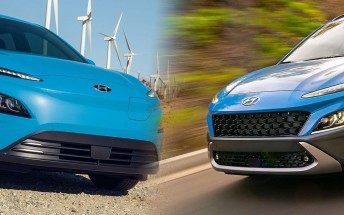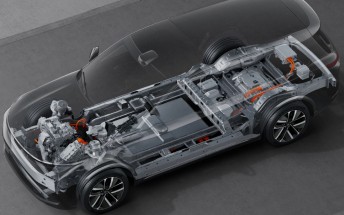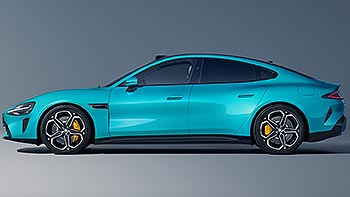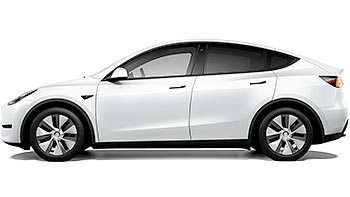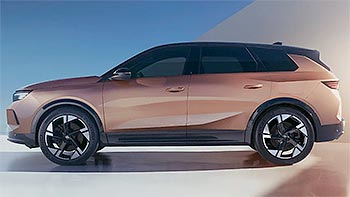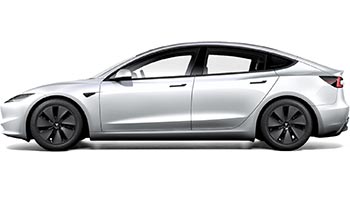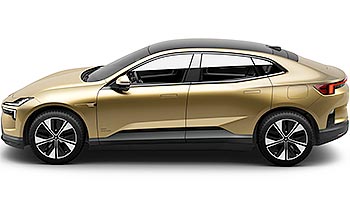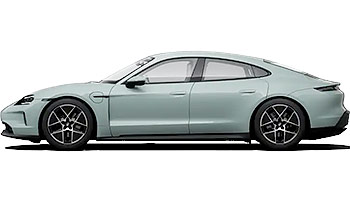Volkswagen ID.3 tested by ADAC over 62,000 miles

Volkswagen's ID.3 electric car has been put through its paces by the German ADAC, Europe's most extensive automobile association. A rigorous endurance test spanning over 62,000 miles provides insight into the vehicle's battery life and degradation, software, and general performance.
Impressively, even after covering a distance of over 62,000 miles, the battery retains a net capacity of 93%. To put this into perspective, Volkswagen guarantees at least 70% of the original net capacity after eight years or 99,400 miles. This finding is significant, considering that to achieve the mileage quickly the vehicle was often charged to its full capacity and at fast-charging stations.

During the endurance test, the ID.3 received multiple software updates. These not only resolved bugs but enhanced the maximum charging power to 170 kW. The updates positively impacted the vehicle's consumption and range, particularly over shorter distances and in winter temperatures. The intelligent Electric Vehicle Route Planner, a feature introduced via an update, garnered praise from the ADAC testers. It smartly plans to charge stops based on the battery's state of charge, traffic conditions, and the performance of the charging stations.
However, it wasn't all roses. The ID.3 software's shortcomings are well documented. A major software update, promised by VW in early 2022, took its time to roll out.

Although the ID.3 has faced criticism for its interior materials and software issues, the engineers at the Landsberg Technology Center give it a nod of approval. Their daily interactions with the vehicle paint a picture of a car that, while having room for improvement, offers a solid driving experience.
On the upside, features like adaptive cruise control, matrix LED lighting, ample interior space, and a small turning circle make the ID.3 a desirable city car. Its dynamic rear-wheel drive ensures a lively driving experience.
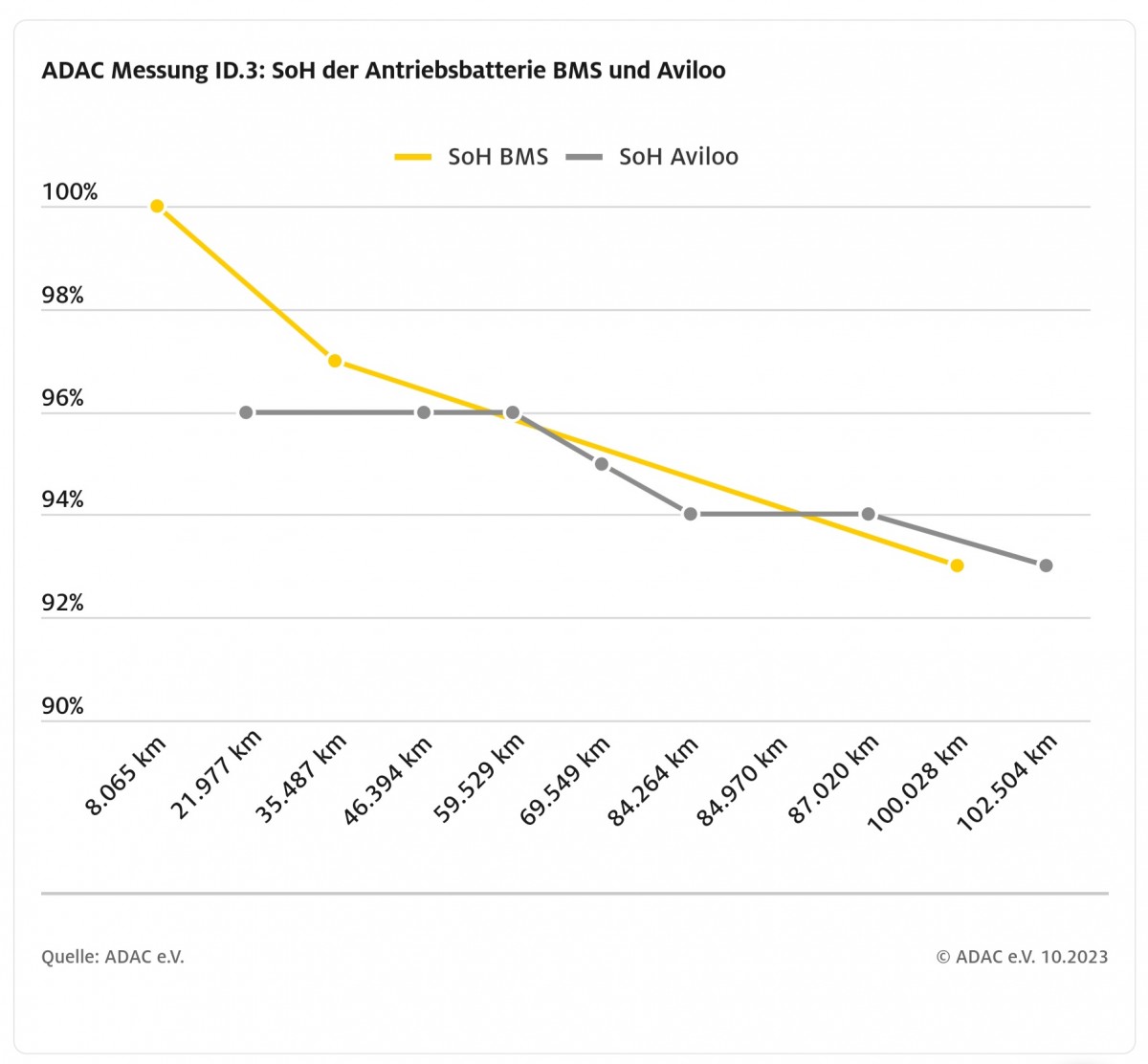 Battery capacity after 100,000 km
Battery capacity after 100,000 km
However, the infotainment system's slow response time, unlit temperature adjustment sliders, and touch controls on the steering wheel left room for enhancement. Despite these criticisms, the ID.3 emerges as a dependable everyday vehicle, excelling in classic automotive virtues such as chassis, steering, and seating comfort.
In terms of maintenance, the ID.3 offers significant savings. Unlike conventional vehicles requiring frequent inspections, the ID.3 needs maintenance every two years. The first maintenance cost around $537, though, which is on the higher side.
As the ID.3 continues its journey towards the 99,400 miles mark, it remains to be seen how it will fare once the manufacturer's battery warranty expires.
Related
Reader comments
- MAx22
Software is not that relevant in a car since you have to be focused on the road, most important things are safety, quality and longevity.
- 01 Nov 2023
- 3Tu
- Anonymous
these cars are laughably bad. Rushed out and the owners of the first batches forgotten with buggy software and bad reliability.
- 29 Oct 2023
- Fht
Sodium ion batteries have not been given attention given its promise and some early production. Ditto for solid state batteries that have a great niche in plug-in hybrids due to its large cycling (dis)charge number. Ammonia based fuel for ICE e...
- 28 Oct 2023
- AAs









